 Every year a new group of golf score warriors makes it onto one of the PGA and LPGA tours to test their golf skills against the best golfers in the business. And what’s interesting is that even though they all swing the golf club differently, they all have one thing in common; the knowledge of how to break par, and ability to make par more than 60 percent of the time when they miss a green in regulation from around the green, and particularly on par 3 and par 4 holes. You see the key to breaking par consistently is to maintain par at all costs, and without superior short-game recovery skills you will never be able to achieve this goal. The trouble is with so much emphasis of perfecting golf swing mechanics today, the worrying thing is that upcoming amateur golfers never get enough hours of practice under their belt developing their scoring ability. Don't let this be you. In today’s article (part 3 of our series) I’m going to share with you a simple and easy to remember formula that you need to understand which is the key to breaking par often when you miss greens on par 3 and par 4 holes and the break par zone that determines how many pars or better you make in each round. Here's the formula you need to understand and remember; % of Pars Made = Distance of First Putt Isn't that easy and simple to understand and remember? Hit it closer to the hole consistently when you miss a green in regulation and you will make more pars. 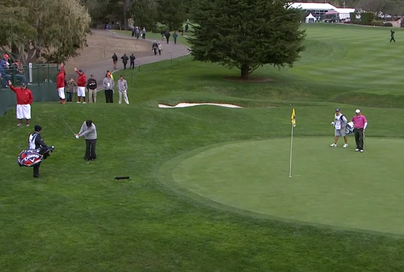 Can you get your ball into the hole in 2 strokes from this position consistently? Can you get your ball into the hole in 2 strokes from this position consistently? Success at making par when you miss the green truly gets down to how far on average you hit your first putt from. The best golfers on all the pro tours hit it closer to the hole on average than their fellow competitors. It is as simple as that! Basically you need to be able to do three things really well when you miss greens on par 3 and par 4 holes in regulation if you want to make a high percentage of pars.
Simple enough right? No, actually its not. This is where we see the biggest difference in players that can score consistently under par to those that don’t. The consistent under par scoring golfers all have the ability to consistently make pars when they miss the greens on par 3 and par 4 holes from all types of lies, in all types of situations, most of the time. Okay, so you are probably wanting to know just how good you have to be to make pars consistently when you miss the green and finish up around the green or in the bunker right? Well, let’s go back to the formula % of Pars Made = Distance of First Putt and start from there. Percentage of Pars Made > 65 % I’ve already shared with you that you need to make at least 12 pars in each round (which is 66.7 percent of 18 holes) to become a par breaking golfer, and our simple formula tells us that to do this consistently we need to get the distance of the first putt closer to the hole whenever we miss the green. Now I know that’s obvious, but how close do you need to get it? That’s really the key question here, and in our experience few advanced and elite golfers (pro's and amateurs) really understand the critical distance range that you must continually hit your recovery shots into to make a high percentage of putts that convert into pars or better. At Pro Tour Golf College we call this the Break Par Zone. Distance of First Putt < 10 Feet (3 Metres) So let’s have a look at how many putts are made by PGA Tour professionals over a season to start with. I think we can agree that top level professionals from around the green and in close proximity to the pin will hit their recovery shots within 10 feet (3 metres) of the pin on average?
The Shocking Discovery So you can see from the numbers above that there is an exponential improvement as you get closer to the hole. But take a look at what we discovered when you compare a 7 foot putt and a 5 foot putt; there's a staggering 30 percent difference! When these guys hit their golf shots 24 inches closer to the hole, on average their putting performance improves by a whopping 30 percent. 24 inches Closer to the Hole = 30% Better I think you can start to see that these PGA Tour players are really good at making putts from inside 7 feet of the hole, and this knowledge should help you to understand what you are required to do when you hit green-side recovery shots to save pars on par 3 and par 4 holes. Basically you need to hit your chip, pitch and lob shots inside 7 feet of the hole when you play your recovery shots from good lies around the green, and you need to hit it inside 10 feet when you hit your recovery shots from more challenging lies. Our formula of % Pars Made = Distance of First Putt should make complete sense to you now. Your scrambling results are directly influenced by your first putt distance from the pin and your putting effectiveness - particularly inside of 7 feet. 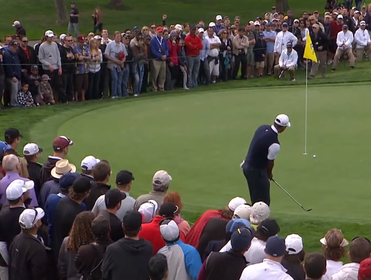 Scrambling 10 to 20 Yards (9 to 18 metres) from the Pin Scrambling describes the percentage of time that you miss a green in regulation, but you still make par or better when your birdie stroke is taken. So what this means is that your birdie stroke is your 2nd shot on a par 3; your 3rd shot on a par 4, and your 4th shot on a par 5 hole when you miss a green in regulation. So let's take a look at how good the tour players are when they are scrambling for par or better within 30 yards of the edge of the green. To start with, we are going to focus on recovery shots close to the edge of the green from 10 yards (9 metres) to 20 yards (18 metres) of the hole. Now keep in mind that anytime we are describing the statistics of tour players around the green (including bunker shots) we are talking about all the shots they take during a season, and these shots are played from every type of lie imaginable. The recovery shots will range from straight-forward shots where the green is at the same height as the ball, to holes where the green is much higher or lower than the ball. And as I mentioned earlier, the putts are flat and level through to extreme up-hill and down-hill, and side-hill putts. So what is the percentage of pars saved from the 10 to 20 yards (9 to 18 metres) distance range of the pin by players on the PGA Tour? Par or Better > 10 Yards and < 20 Yards = +/- 60 % Recovery Shot Proximity to Hole On average how close are these great golfers hitting their green-side recovery shots to achieve a 60 percent result? Well, Steven Bowditch ranked number 1 in proximity to the hole from 10 to 20 yards of the pin in 2013 hit his recovery shots on average just 5 feet and 4 inches from the hole, and at the other end of the scale Eric Meierdierks who ranked 180th hit his recovery shots 9 feet and 1 inch from the pin. So we can safely say that on average these guys are hitting their recovery shots to around 7 feet from the pin on average from 10 to 20 yards of the pin. What this tells us (and what we know) is that the more successful golfers (those that make more cuts and more money) will hit their recovery shots on average closer to the hole. Proximity to Hole > 10 Yards < 20 Yards = +/- 7 Feet (60%) How about from a little further out from the pin, what are the numbers when these tour golfers hit their recovery shots from 20 to 30 yards (18 to 27 metres) from the edge of the green? There's a slight drop in performance as you would imagine, and from the 20 to 30 yards range they achieve a scrambling average of 52 percent, and in proximity to the hole from this range Steve Stricker ranked number 1 hitting his recovery shots on average 6 feet and 5 inches from the hole. At the other end Dustin Johnson ranked 180th hitting his recovery shots 13 feet 3 inches from the pin. So on average these guys are hitting their recovery shots about 9.5 feet from the pin. You can see that hitting your green-side shots into 10 feet (3 metres) is crucial if you make a higher percentage of pars per round, and set yourself up to break par more often. Proximity to Hole > 20 Yards < 30 Yards = +/- 9.5 Feet (52%) 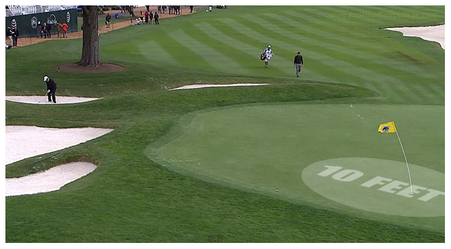 On average tour players will hit bunker shots to within 10 feet from this distance On average tour players will hit bunker shots to within 10 feet from this distance Scrambling from the Bunkers This is the percentage of time that you miss a green in regulation, but you still make par or better when your birdie stroke is taken from a greenside bunker. How many "up and downs" are these guys making when they miss the green with their approach shots from the bunkers? The number is 52 percent on average from the results of 180 players in 2013. What about the average distance to the hole after a tour player hits their ball onto the putting surface from a bunker situated within 30 yards (27 metres) of the edge of the green? Again we've based our averages on 180 tour players competing on the PGA Tour in 2013 and the distance is around 10 feet of the hole. When you think about it this is quite exceptional because it suggests that from all types of bunkers and all types of conditions they will get the ball to within 10 feet of the flag consistently. And we know that at the very worst from 10 feet they will make 4 putts out of 10. Sand Proximity to Hole < 30 Yards (27 Metres) = 10 Feet (52%) Notice that all these results fall within the range of 45 to 65 percent from within 30 yards of the edge of the green? The thing to understand here is that they are averages, and some days they hit it a little further away from the hole than other days, and this reflects in the score variation from round to round. You should now understand that at the very least you need to get your recovery shots into this 10 foot (3 metre) Par Breaking Zone consistently to have any chance of achieving 65 percent or greater pars made in each round. This is the key to your success at breaking par more often. You need to practice your green-side skills (including your bunker shots) at least 70 percent of the time you have available to practice and you should practice your recovery shots from every type of lie imaginable so you can learn how to turn more of your bogeys or worse into pars or better.
Comments are closed.
|
Archives
June 2019
|
Proudly Supported By
Copyright © 2011 - 2018 Pro Tour Golf College
Website Managed By Golf Performance Media
All Rights Reserved
Website Managed By Golf Performance Media
All Rights Reserved

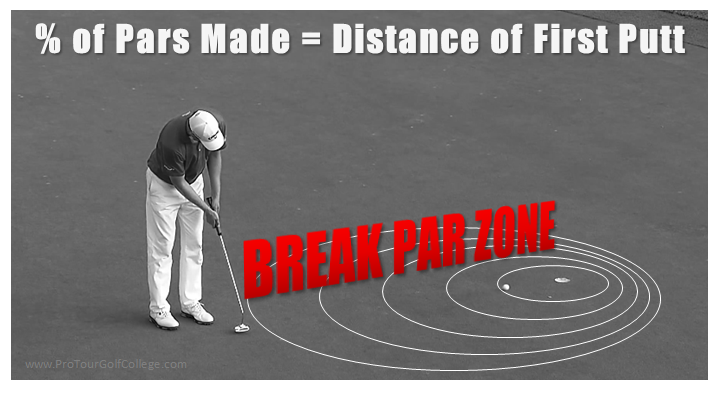

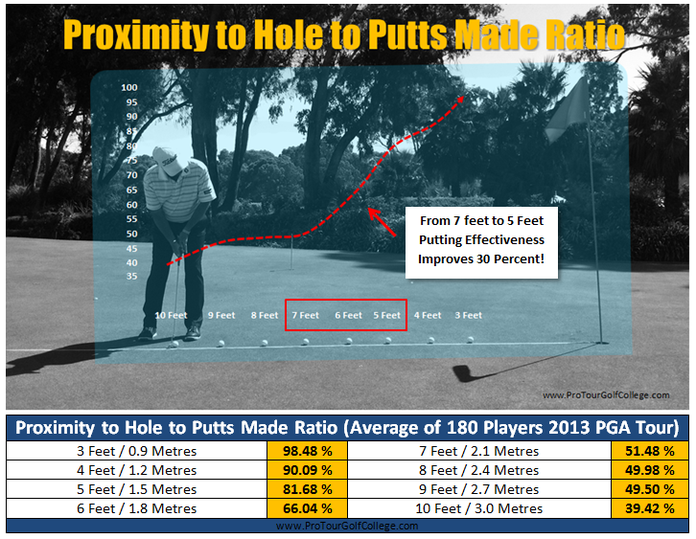
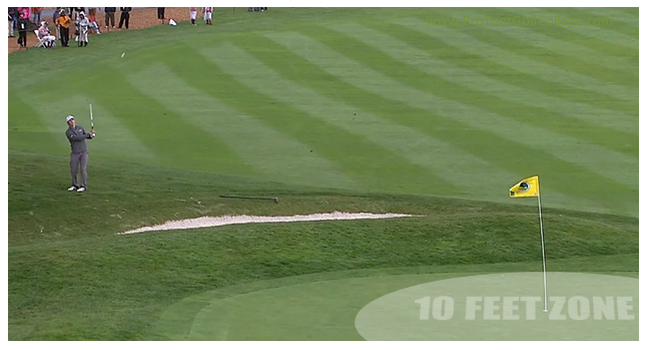

 RSS Feed
RSS Feed



